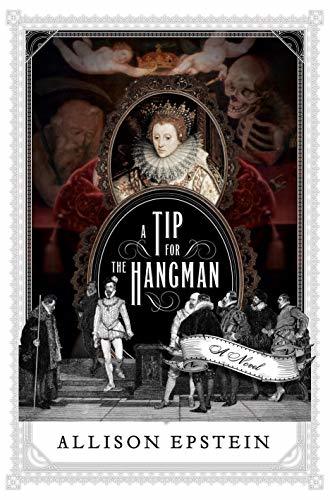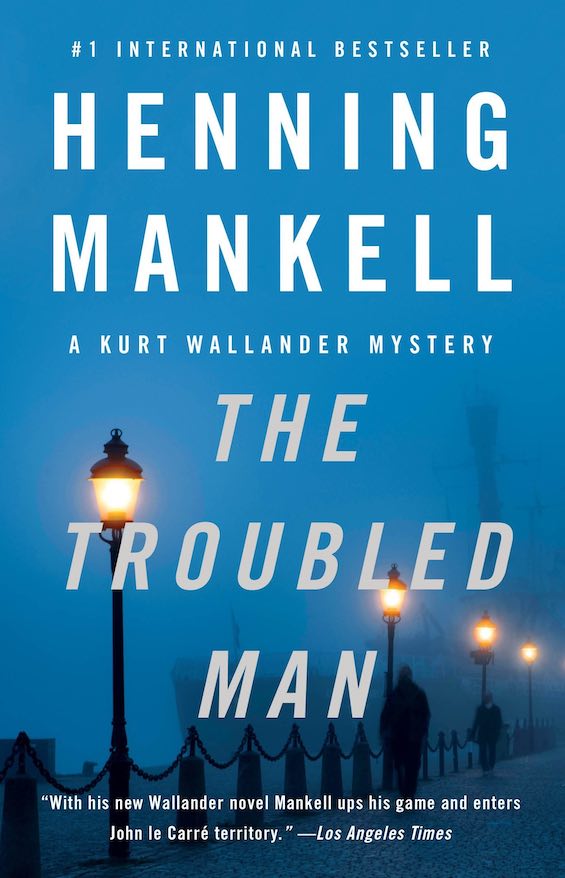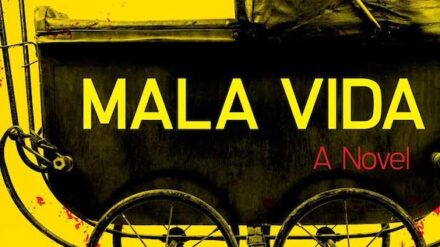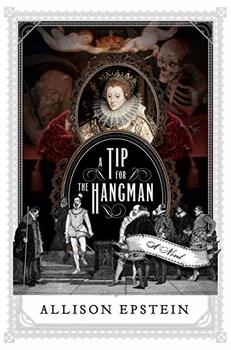
When historical novelists depart from the recorded facts of history on occasion, it’s generally understandable. For example, in her excellent novel of the Wars of the Roses, The Kingmaker’s Daughter, Philippa Gregory ignores the six-month interregnum in the reign of King Edward IV, and that matters little. But Allison Epstein wanders much too far from the facts in her historical spy story, A Tip for the Hangman. The novel is an alternate history of sorts, since many of the events central to the plot never happened. But alternate history serves to examine what might have taken place if some act or decision known to history had gone the other way. And there’s none of that in this story.
Although A Tip for the Hangman is well enough written—the style is pleasing—Epstein has built her novel around well-known events and personalities but scrambled the people and the timeline involved.
A Tip for the Hangman by Allison Epstein (2021) 374 pages ★★★☆☆
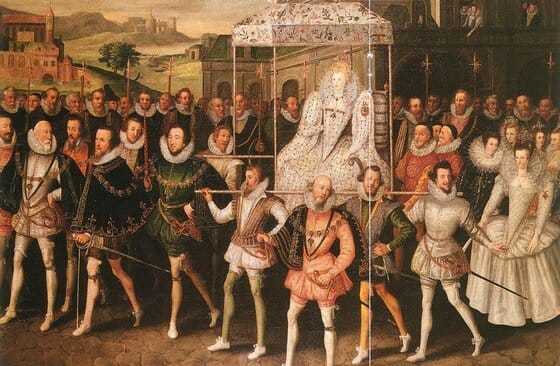
The story as Epstein tells it
Christopher Marlowe is a graduate student at the University of Cambridge in 1585 when he receives a surprise visitor from London. It’s none other than Francis Walsingham, Secretary of State to Her Majesty Queen Elizabeth I. Walsingham operates a spy network and presses Marlowe into enlisting. It’s a perfect beginning for an historical spy story.
Marlowe is first assigned to join the household of Lady Mary Stuart, formerly Queen of Scots. There, he is to gather information about the assassination plots swirling around her and find incriminating evidence of her involvement. Much later, Walsingham sends him on assignment to insinuate himself into another ring of conspirators around Lord Strange who are intent on murdering Queen Elizabeth. Naturally, Marlowe succeeds both times.
What history tells us
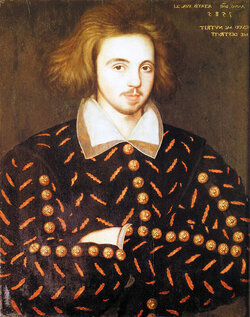
Christopher Marlowe
Marlowe (1564-93) was just twenty-one years of age and a candidate for a master’s degree from Corpus Christi College at the University of Cambridge when Walsingham may have recruited him. Later, Marlowe became one of the leading lights of the Elizabethan Era as a poet, playwright, and translator. He was a contemporary of William Shakespeare, whom he is believed to have inspired with his popular play Tamburlaine. LIke his later works, Tamburlaine pandered to the theater-going masses with displays of extreme violence and cruelty. The playwright’s premature death at twenty-nine death has variously been blamed on a bar-room fight, blasphemous libel against the church, homosexual intrigue, betrayal by another playwright, and espionage from England’s Privy Council, of which Francis Walsingham was a leading member.
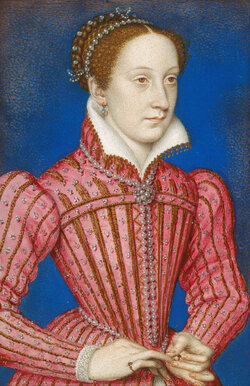
Mary, Queen of Scots
Fanatic Catholics, already furious with Queen Elizabeth for spurning the Church of Rome, were prepared to assassinate her even before she imprisoned her cousin, Mary Stuart (1542-87), formerly Queen of Scots and Queen of France. With her as a focus of their rage—Mary arguably had been a more legitimate candidate for the throne than Elizabeth—the pace of attempts on her life accelerated. And Mary herself was known to be in league with Catholic activists both within England and abroad. In fact, it was the proof of her conspiring with Felipe II (Phillip) of Spain (1527-98) in the Babington Plot that led to her trial for treason and ultimate execution. She later became the focus of many a historical spy story.
But when we meet Mary in 1585, she is very much alive. Now forty-three years of age, she has been widowed three times. She had borne a son with her second husband, Henry Stuart, Lord Darnley. The son, now James VI of Scotland, is the same King James who was to succeed Queen Elizabeth as James I in 1603. He was also the king whose name became associated with the King James Bible. He sponsored the translation into English and, many scholars believe, edited the elegant prose.
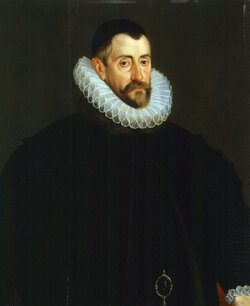
Sir Francis Walsingham
Queen Elizabeth did, in fact, charge her long-serving Secretary of State, Francis Walsingham (1532-90), with assembling a network of “Eyes of the Queen.” And Christopher Marlowe was probably among the many agents he enlisted in the Queen’s cause. He certainly dragooned other students from Oxford and Cambridge for his network. He was known to be passionate about the Protestant cause and harbor deep hatred toward Catholics. During the reign of Elizabeth’s half-sister, Queen Mary I of England, Walsingham was in exile with other Protestants on the Continent. It was Walsingham who is thought to have been the most influential in persuading a reluctant Queen Elizabeth to order the execution of her cousin, Lady Mary Stuart.
The conspiracies
Walsingham’s spies did infiltrate Lady Mary’s household and foil the Babington Plot to kill the Queen and put Mary on the throne. But Christopher Marlowe had nothing to do with it. There were numerous other Catholic conspiracies. However, history doesn’t record any of them associated with Lord Strange.
Lord Strange
Lord Strange (rhymes with “rang”)—more formally, Ferdinando Stanley, 5th Earl of Derby (1559-94)—was a patron of the theater, as Epstein notes. Will Shakespeare was reportedly both an actor and a playwright in the company he patronized, but it’s unclear whether Strange had any connection with Marlowe.
The novel’s redeeming qualities
Apart from her skill as a prose stylist, Epstein succeeds in telling a tale that held my attention to the last.
Despite crafting an historical spy story that ignores history, and portraying a few too many bad guys as smirking, Epstein conjures up a believable picture of life in the Elizabethan Era. The yawning gap between the aristocracy and the great masses of people. The desperation of the poor. The high infant mortality rate and low life expectancy. The vulnerability to the challenges of winter weather. The clothing styles, the rampant drunkenness. It’s all there.
And Christopher Marlowe was, in all likelihood, gay, a brawler, and an assertive and even aggressive heretic who spurned religion altogether. Epstein depicts him as all this, and more, and she does so convincingly. She imagines a passionate love affair between him and his roommate at Cambridge, and she pulls that off, too. Even though it never really happened.
About the author
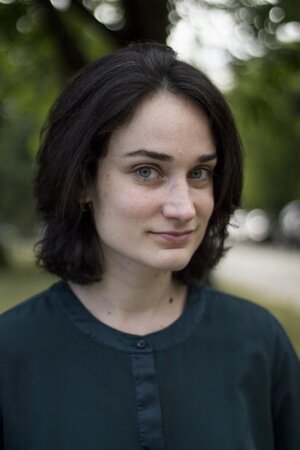
A short form of the bio on Allison Epstein‘s website reads, “Allison Epstein earned her M.F.A. in fiction from Northwestern University and a B.A. in creative writing and Renaissance literature from the University of Michigan. A Michigan native, she now lives in Chicago, where she works as a copywriter. When not writing, she enjoys good theater, bad puns, and fancy jackets. A Tip for the Hangman is her first novel.”
For additional reading
Check out Famous people as detectives in fact and fiction and especially A Prisoner in Malta (Christopher Marlowe #1) by Phillip DePoy (A delightful historical mystery novel starring Christopher Marlowe).
You might also enjoy my posts:
- Top 10 historical mysteries and thrillers reviewed here
- Top 10 mystery and thriller series
- 20 excellent standalone mysteries and thrillers
- Two dozen outstanding detective series from around the world.
And you can always find my most popular reviews, and the most recent ones, plus a guide to this whole site, on the Home Page.

